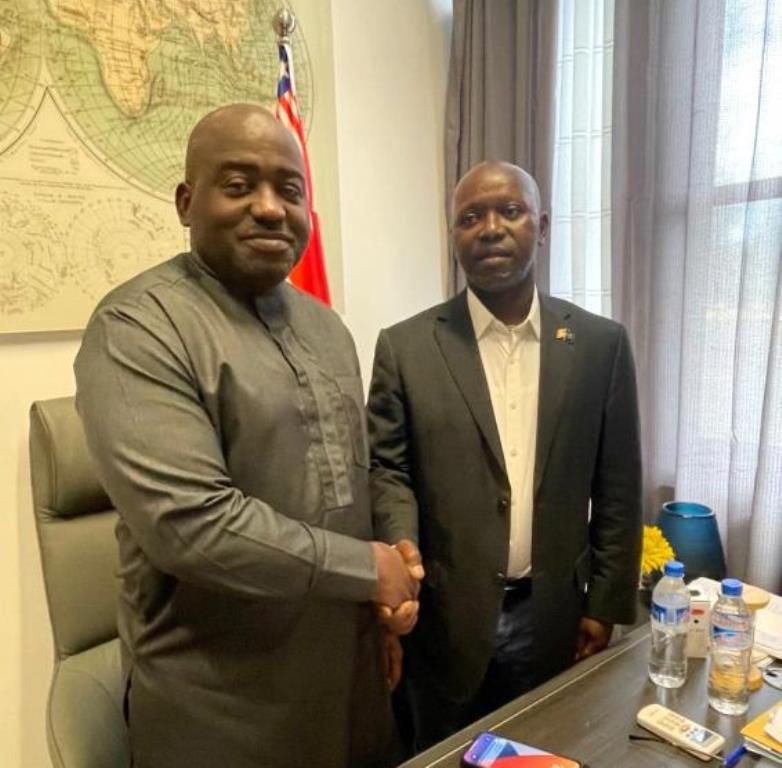BBC-News: The world’s major oil exporters have agreed to cut production by two million barrels a day. Members of oil producers’ group OPEC+ – which includes Russia – are taking the action to help boost oil prices. Russia produces more than 10 million barrels of oil a day.
The cost of oil has dropped back since June, when concerns over Russia’s invasion of Ukraine sent it soaring.
What is OPEC+?
OPEC+ is a group of 23 oil-exporting countries which meets regularly to decide how much crude oil to sell on the world market.
At the core of this group are the 13 members of OPEC (the Organization of Oil Exporting Countries), which are mainly Middle Eastern and African countries. OPEC was formed in 1960 as a cartel, with the aim of fixing the worldwide supply of oil and its price.
Today, OPEC nations produce around 30% of the world’s crude oil. Saudi Arabia is the biggest single oil producer within OPEC, producing more than 10 million barrels a day.
In 2016, when oil prices were particularly low, OPEC joined forces with 10 other oil producers to create OPEC+.
Those new members included Russia, which also produces over 10 million barrels a day.
Together, these nations produce about 40% of all the world’s crude oil.
“OPEC+ tailors supply and demand to balance the market,” says Kate Dourian, of the Energy Institute. “They keep prices high by lowering supplies when the demand for oil slumps.”
The organization can also lower prices by putting more oil onto the market.
Why is OPEC+ Cutting Oil Output?
At its first face-to-face meeting in Vienna since March 2020, OPEC+ members agreed to cut production from August 2022 levels by two million barrels per day to less than 42 million barrels.
The cut, which will take effect from November, represents around 2% percent of the global oil supply and is larger than expected.
It is the biggest reduction by OPEC+ since 2020, when it cut production by more than nine million barrels per day in response to the pandemic.
The move is designed to boost the cost of oil, which has fallen below US$90 (£80) from a peak of US$122 (£108) in June. Prices rose after the announcement.

Rising oil prices had pushed up petrol prices in the UK and around the world, and in turn, helped drive up inflation, which reached a 40-year-high in the UK.
The US had asked OPEC+ not to go ahead with the cuts, partly because lower prices mean less revenue for Russia. The White House called the decision “short-sighted”.
In July, US President Biden visited Saudi Arabia, the largest oil producer within OPEC+, to ask Crown Prince Mohammed bin Salman to increase oil production. He refused.
Former UK Prime Minister Boris Johnson also asked Saudi Arabia and the United Arab Emirates to boost production without success.
Why Did Oil Prices Soar?
In spring 2020, as COVID spread around the world and countries went into lockdown, the price of crude oil crashed because of a lack of buyers.
“Producers were paying people to take the oil off their hands, because they didn’t have enough space to store it all,” says Ms Dourian.
After this, OPEC+ members agreed to slash production by ten million barrels a day, to help drive the price back up.
Since then, the group has slowly increased production as demand has also grown.
But when Russia invaded Ukraine, the price of crude soared to well over US$100 a barrel. The markets were worried the global sanctions could lead to a shortage of Russian oil.
The price had dropped back since then, prompting speculation that OPEC+ would cut production.
What’s happening with Russian Oil?

Russia’s Vladimir Putin and OPEC’S secretary general Mohammad Barkindo
After Russia invaded Ukraine, many countries bought less Russian oil and its price started to fall.
At one point Russian crude was more than US$30 a barrel cheaper than Brent crude oil, the international oil benchmark. By the end of September, it was around US$20 a barrel cheaper.
India and China – who did not join the Western sanctions against Russia – now account for over half of the country’s seaborne oil exports.
Russia is now China’s biggest supplier of oil, taking over from Saudi Arabia.
In March this year, China and India imported more oil from Russia than the 27 EU member states.
The EU plans to impose an embargo on Russian crude oil from 5 December. It will apply to crude shipped by tanker and most piped supplies.







